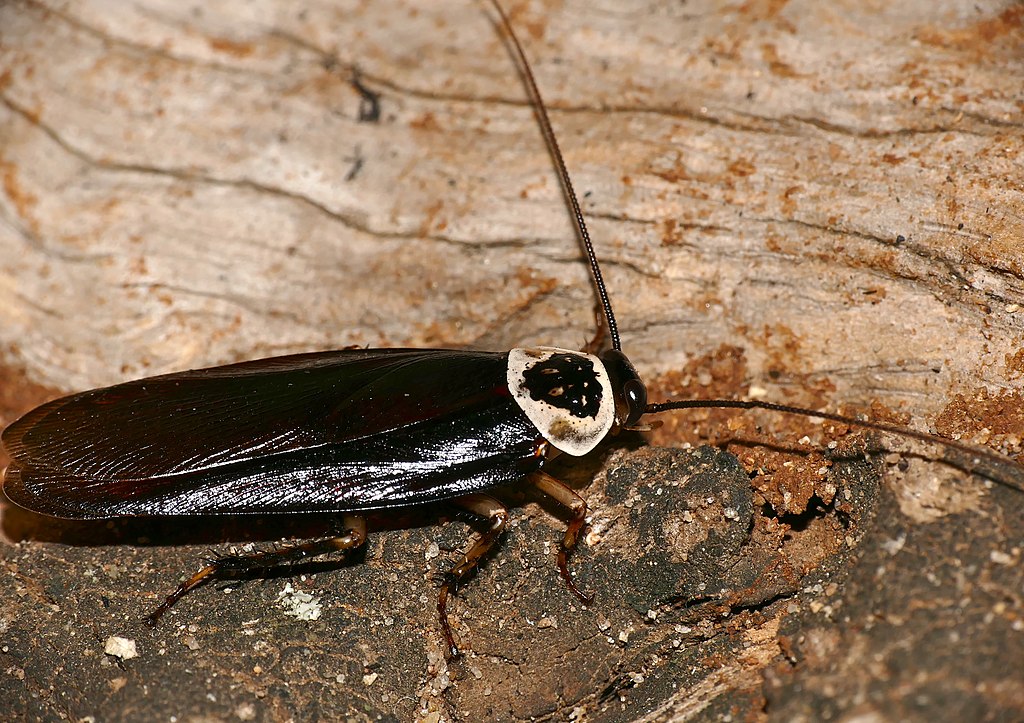In the shadowy corners of our homes lurk some of the most resilient creatures on Earth: cockroaches. These ancient insects have survived for over 300 million years, outlasting dinosaurs and countless other species. While their tenacity and adaptability are well-documented, less attention has been paid to their cognitive abilities. Can these six-legged survivors actually learn from their experiences? The question of cockroach memory and learning capacity isn’t just academic curiosity—understanding how these insects process information could explain their remarkable survival skills and might even offer insights into basic learning mechanisms across species. Let’s delve into the fascinating world of cockroach cognition and discover what science reveals about their ability to learn, remember, and apply past experiences to current situations.
The Basic Nervous System of Cockroaches
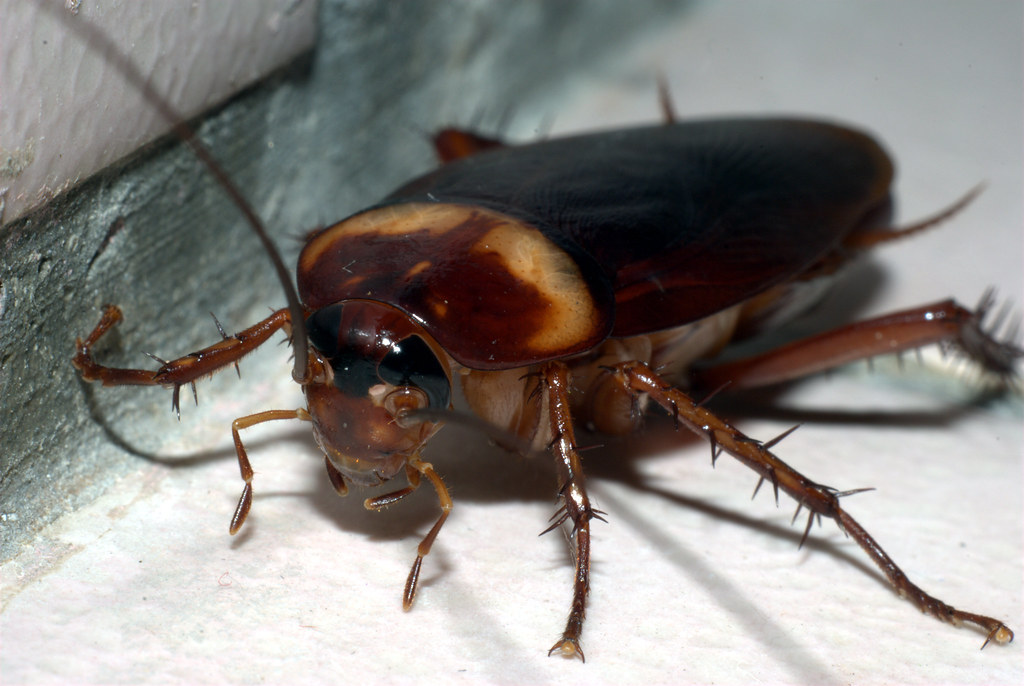
Cockroaches possess a relatively simple but remarkably efficient nervous system compared to mammals. Their brain consists of clusters of nerve cells called ganglia, with the largest cluster (the cerebral ganglia) functioning as the primary brain. While roach brains contain far fewer neurons than human brains—approximately one million compared to our 86 billion—they’re surprisingly sophisticated for insects. The cockroach nervous system features a ventral nerve cord running along the body with segmental ganglia that can process information independently from the brain. This decentralized system explains why cockroaches can continue to function even after decapitation, with the body responding to stimuli through these distributed neural centers. Despite their simple neural architecture, cockroaches demonstrate surprising cognitive capabilities that challenge our understanding of insect intelligence.
Types of Memory in Insects
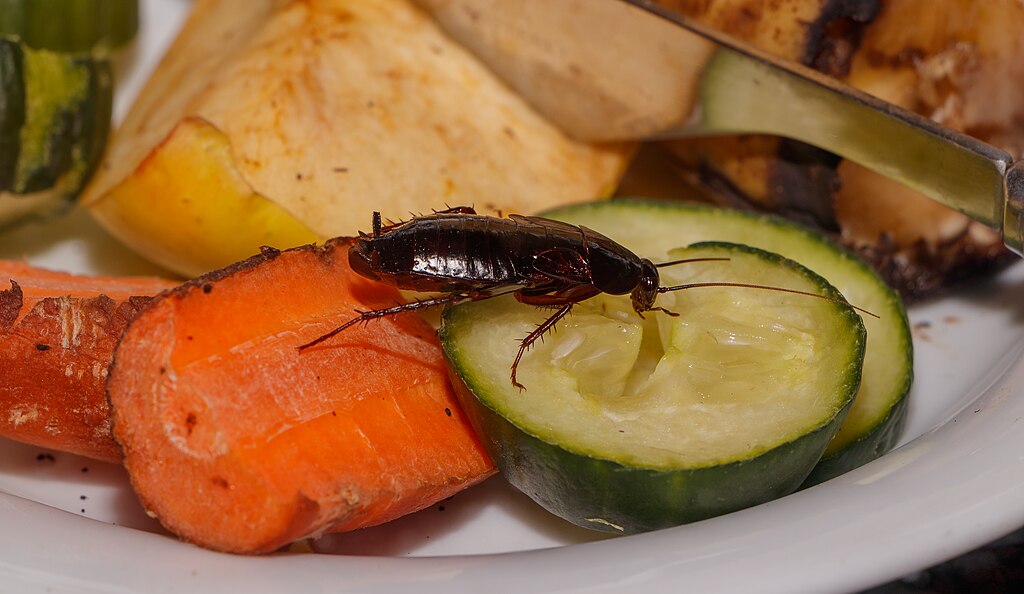
Scientists typically classify insect memory into several distinct categories, all of which have been studied in cockroaches to varying degrees. Short-term memory allows insects to retain information for minutes to hours, while intermediate memory can last for days. Long-term memory, the most complex form, enables insects to store information for weeks, months, or even their entire lifespan. Procedural memory governs learned motor skills and behaviors, while associative memory helps insects connect specific stimuli with consequences or rewards. Spatial memory allows them to navigate environments and remember locations of food, shelter, or danger. Cockroaches have demonstrated capabilities in most of these memory types, suggesting cognitive processes more sophisticated than previously assumed by many researchers and certainly by most homeowners dealing with these persistent pests.
Classical Conditioning in Cockroaches
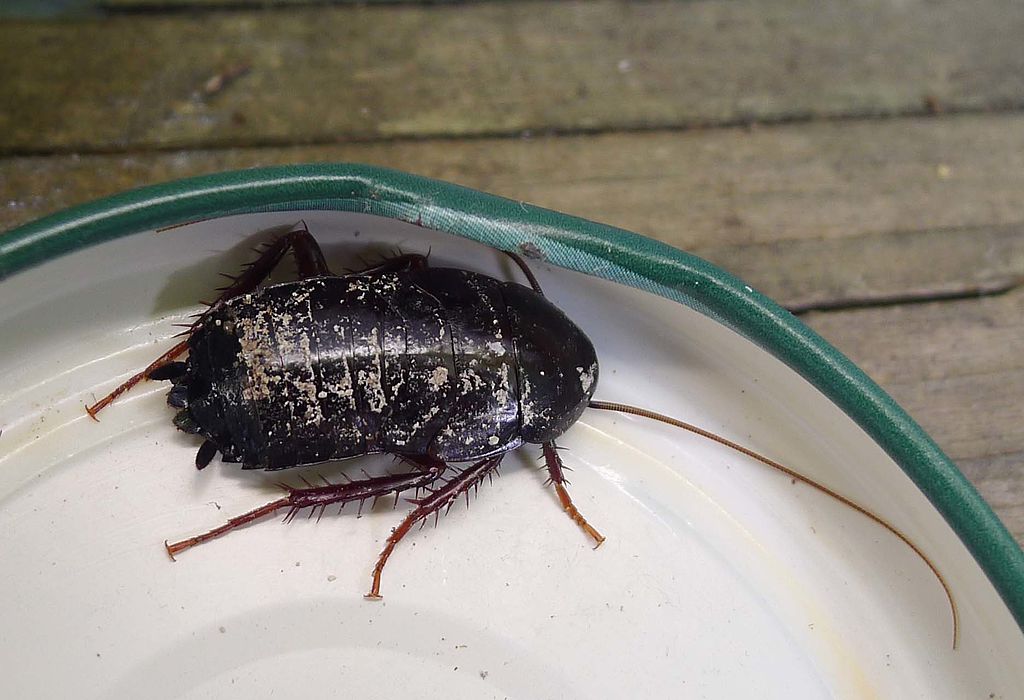
One of the most compelling demonstrations of cockroach learning comes from classical conditioning experiments, similar to Pavlov’s famous work with dogs. Researchers have successfully conditioned cockroaches to associate neutral stimuli with rewards or punishments. In landmark studies, American cockroaches learned to associate specific odors with food rewards, eventually extending their antennae or mouthparts in anticipation when merely exposed to the odor—even without food present. Other experiments have shown that cockroaches can learn to avoid certain tastes or smells associated with toxic substances after just a single exposure. This form of associative learning demonstrates that cockroaches possess not only the capacity to form associations but also the ability to retain these associations over time. Such conditioning explains how roaches quickly learn which foods in our homes are safe to consume and which might contain insecticides.
Operant Conditioning and Problem-Solving
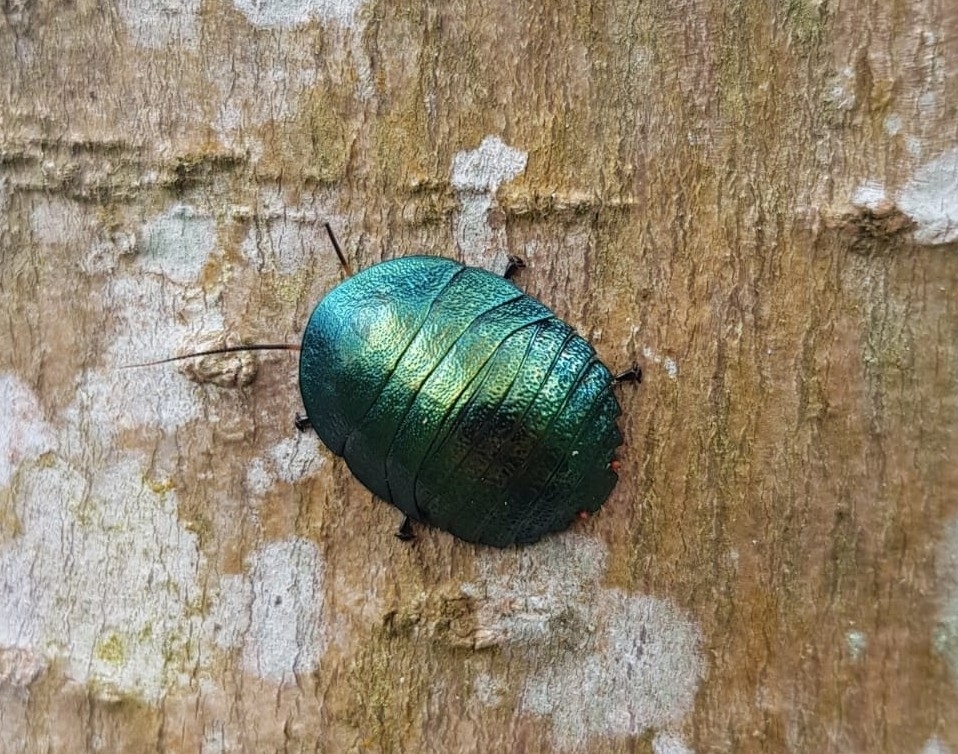
Beyond classical conditioning, cockroaches have demonstrated impressive capabilities in operant conditioning—learning through the consequences of their actions. In laboratory settings, cockroaches have learned to modify their behavior based on rewards and punishments. Some remarkable experiments have shown that cockroaches can learn to navigate simple mazes, with their performance improving significantly over repeated trials as they develop mental maps of the environment. They can even learn to overcome obstacles through trial and error, remembering successful strategies for future encounters. When presented with a challenging path to food rewards, cockroaches have been observed trying different approaches until finding success, then subsequently using the successful method in future attempts. This problem-solving ability, while not comparable to mammals, represents a sophisticated level of behavioral plasticity that contributes to their evolutionary success.
Social Learning in Cockroach Colonies
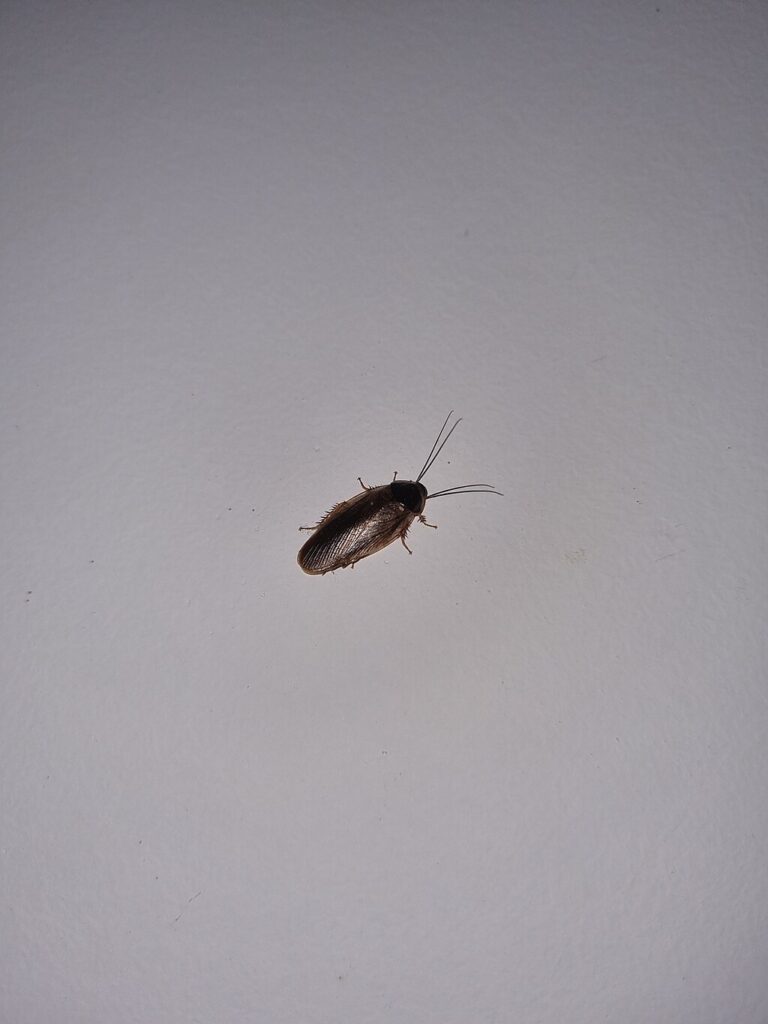
Cockroaches, particularly gregarious species like the German cockroach, exhibit surprising social learning capabilities that enhance colony survival. Young cockroaches have been observed learning feeding preferences from older, experienced members of their group—a form of cultural transmission of knowledge. In controlled studies, naïve cockroaches adopted the food preferences of experienced roaches they cohabitated with, even when these preferences were deliberately manipulated by researchers. This social facilitation extends beyond just food selection; cockroaches learn hiding places, pathways, and danger zones from their peers. The tendency of cockroaches to follow the pheromone trails left by others isn’t just simple chemical attraction but represents a sophisticated form of social information exchange. This social learning helps explain why cockroach infestations can become so persistent—knowledge about safe harbors and food sources spreads throughout the colony.
Memory Duration: How Long Can Cockroaches Remember?
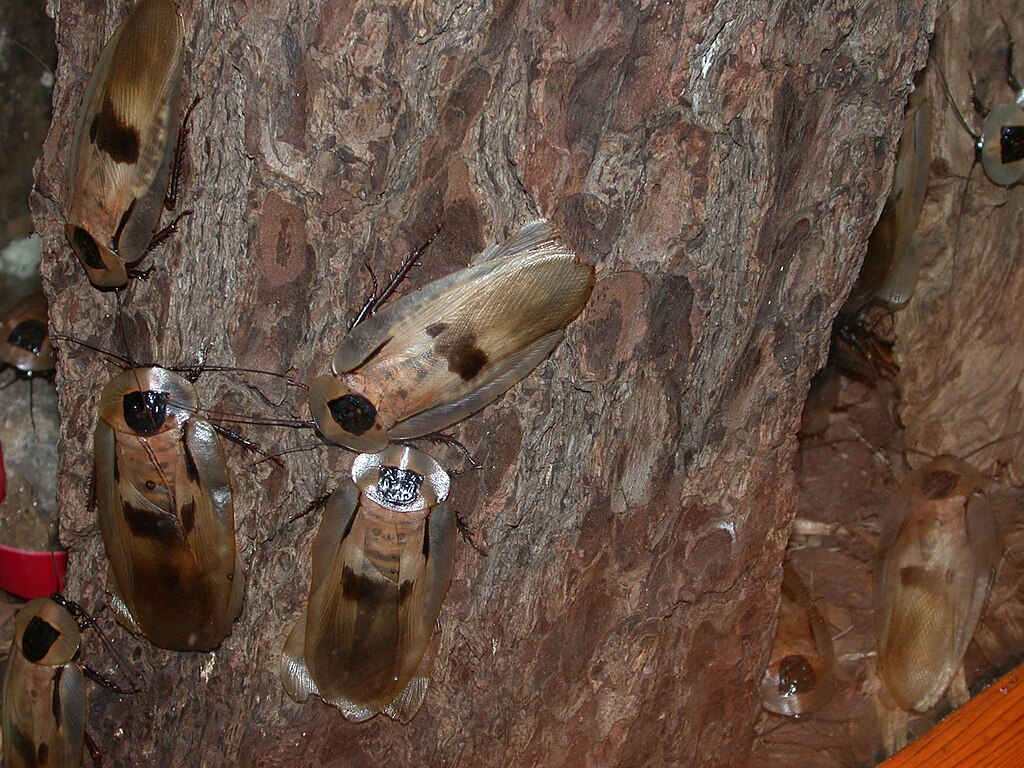
The duration of cockroach memory varies significantly depending on the type of learning involved and the importance of the information. Studies indicate that cockroaches can retain certain associations for their entire lifespan, which can range from several months to over a year depending on the species. Memory related to survival-critical information, such as toxin avoidance, appears particularly resilient and long-lasting. In one notable experiment, cockroaches trained to avoid certain flavors associated with mild toxins maintained this avoidance for over three months without reinforcement. Spatial memory seems similarly robust, with cockroaches remembering complex routes to food sources weeks after initial learning. Memory consolidation in cockroaches appears to follow patterns similar to other animals, with short-term memories becoming more stable and permanent through neural processes that strengthen synaptic connections, suggesting fundamental memory mechanisms are conserved across diverse species.
Adapting to Insecticides Through Learning
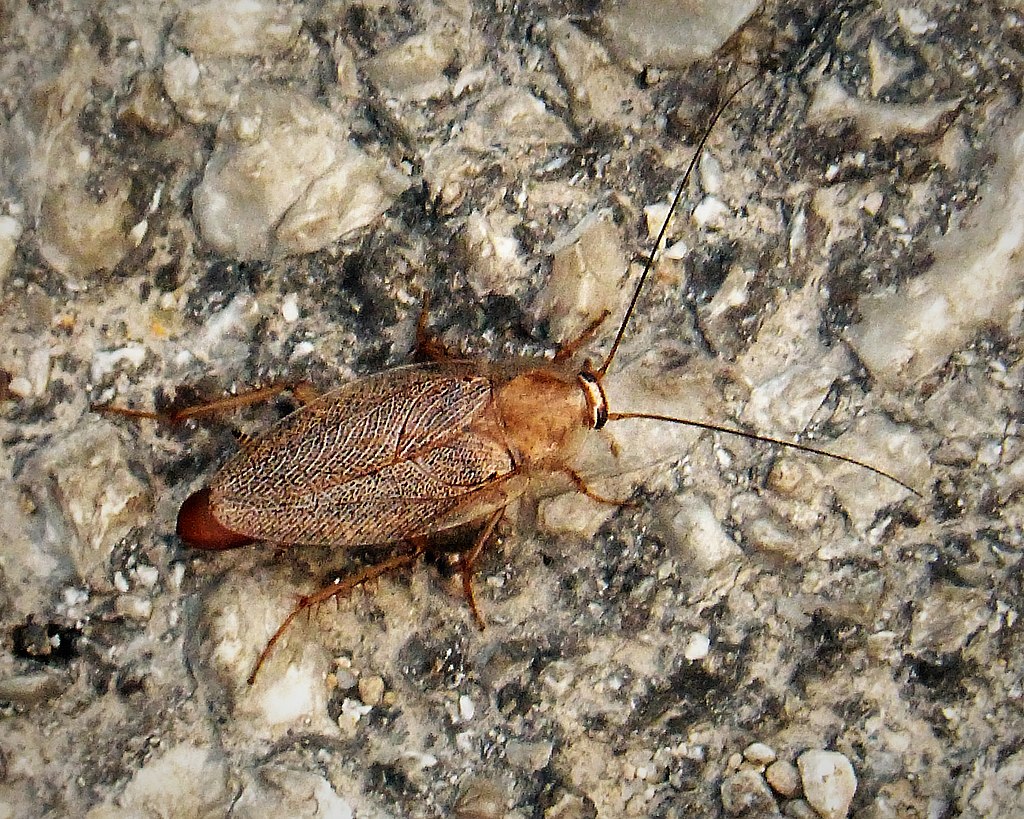
Perhaps the most practical and concerning demonstration of cockroach learning comes from their notorious ability to develop behavioral resistance to insecticides. Beyond the well-documented genetic resistance that evolves over generations, individual cockroaches demonstrate learned avoidance of insecticides within their lifetime. Cockroaches that survive an initial exposure to non-lethal doses of insecticides often learn to associate the chemical’s taste or smell with negative consequences. Research has shown that German cockroaches can learn to avoid glucose-based baits if these have previously been associated with insecticides, dramatically reducing the effectiveness of many commercial bait products. This learned aversion can spread through colonies via social learning, creating entire populations that avoid particular baiting strategies. Pest control professionals now must regularly rotate their control methods not just to combat genetic resistance but also to overcome this learned behavioral avoidance that allows cockroaches to identify and evade our attempts to eliminate them.
Navigational Memory and Spatial Learning
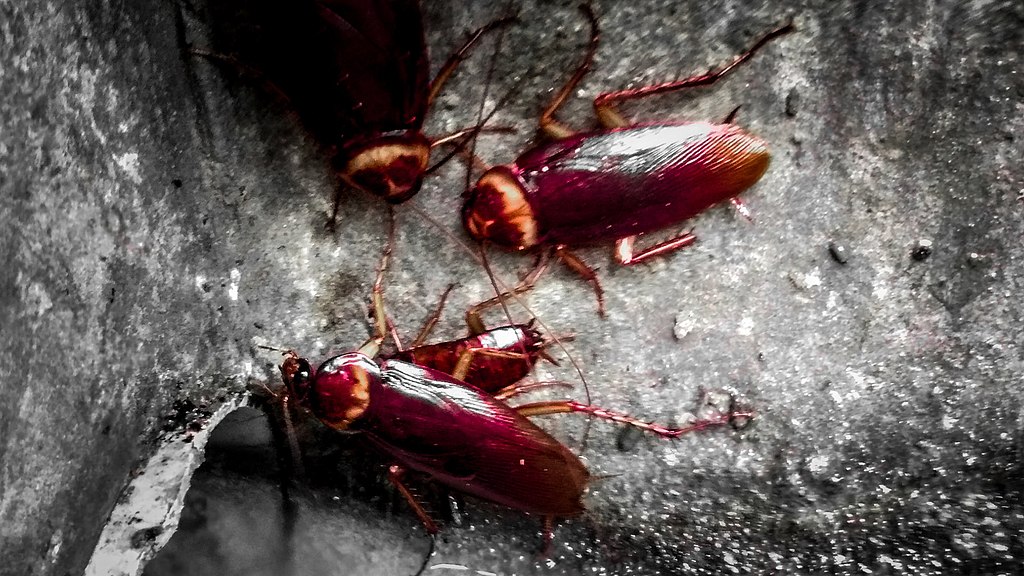
Cockroaches display impressive spatial memory and navigational skills that help them survive in complex environments. Studies have shown they can memorize the layout of their surroundings, creating cognitive maps that allow them to quickly navigate to food sources and retreat to shelter when threatened. This spatial learning enables cockroaches to find the shortest routes between important locations and helps them escape quickly when danger appears. American cockroaches, in particular, have demonstrated remarkable homing abilities, finding their way back to preferred hiding spots even after being displaced considerable distances. Their antennae play a crucial role in this spatial learning, acting as sophisticated sensors that gather information about distances, textures, and airflows that contribute to their mental mapping. This navigational memory explains why cockroaches in infested homes seem to “know” exactly where to hide and how to efficiently travel between food sources and harborage areas.
Neurobiological Basis of Cockroach Memory
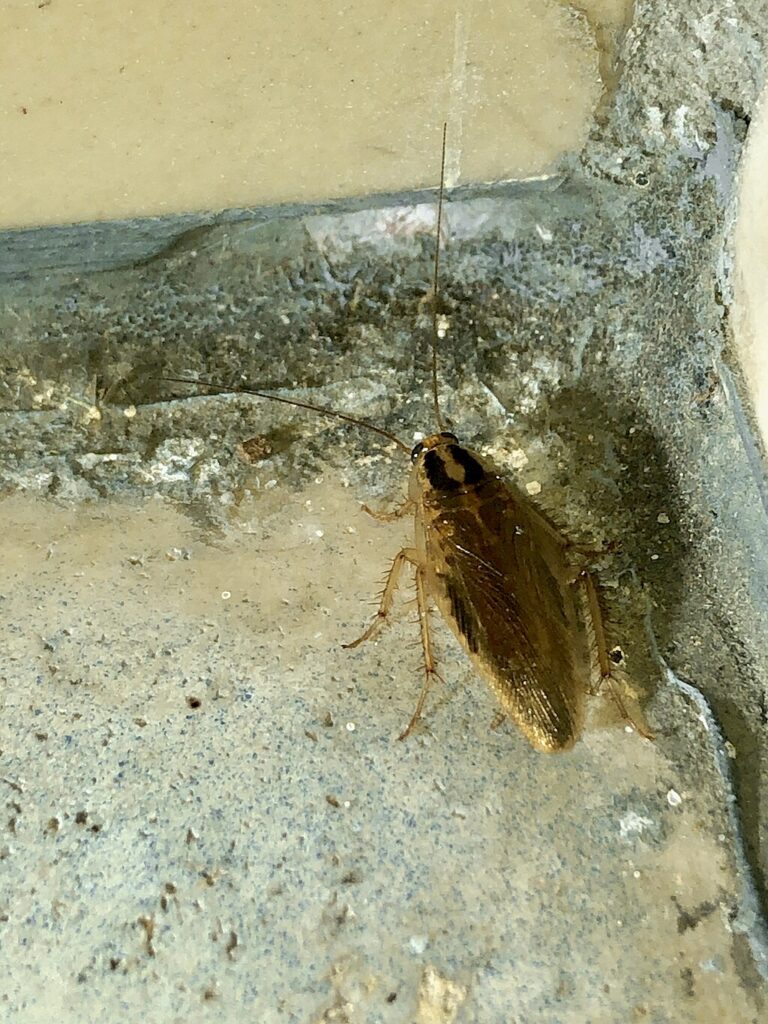
The neurobiological mechanisms underlying cockroach memory have increasingly captured scientific attention. The mushroom bodies in the cockroach brain, structures analogous to the hippocampus in mammals, appear central to memory formation and storage. These structures contain dense networks of neurons called Kenyon cells that form complex synaptic connections during learning processes. Neurotransmitters like octopamine (similar to norepinephrine in humans) play critical roles in reinforcement learning in cockroaches, helping strengthen neural pathways associated with positive experiences. Researchers have identified that specific proteins and genes activate during memory formation in cockroaches, with processes remarkably similar to those observed in mammals despite the vast evolutionary distance. Advanced imaging techniques have allowed scientists to observe changes in neural activity during learning tasks, providing visual evidence of memory formation in the cockroach brain and demonstrating that even these simple nervous systems undergo physical changes in response to experience.
Learning Differences Between Cockroach Species
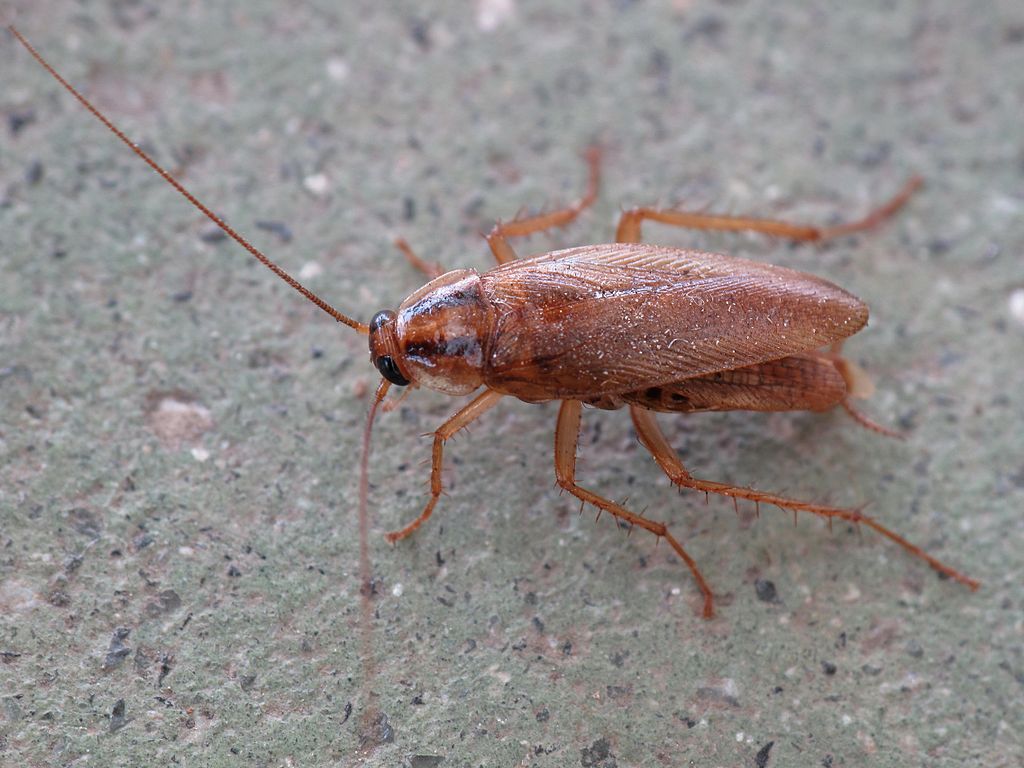
Not all cockroaches demonstrate equal learning abilities, with significant variations across the approximately 4,600 known species. German cockroaches (Blattella germanica), common household pests, exhibit particularly impressive learning capabilities, especially regarding food preferences and avoidance learning. American cockroaches (Periplaneta americana), the largest common house-infesting species, excel at spatial learning and navigation. Madagascar hissing cockroaches (Gromphadorhina portentosa), often kept as pets or educational specimens, demonstrate strong social learning and can be trained to respond to specific stimuli. Wood roaches and other wild species that don’t typically infest human dwellings generally show less behavioral plasticity than their house-dwelling relatives. These species differences likely reflect evolutionary adaptations to their particular ecological niches and survival challenges, with synanthropic species (those living close to humans) evolving enhanced learning abilities to cope with our ever-changing environments and control efforts.
Comparing Cockroach Memory to Other Insects
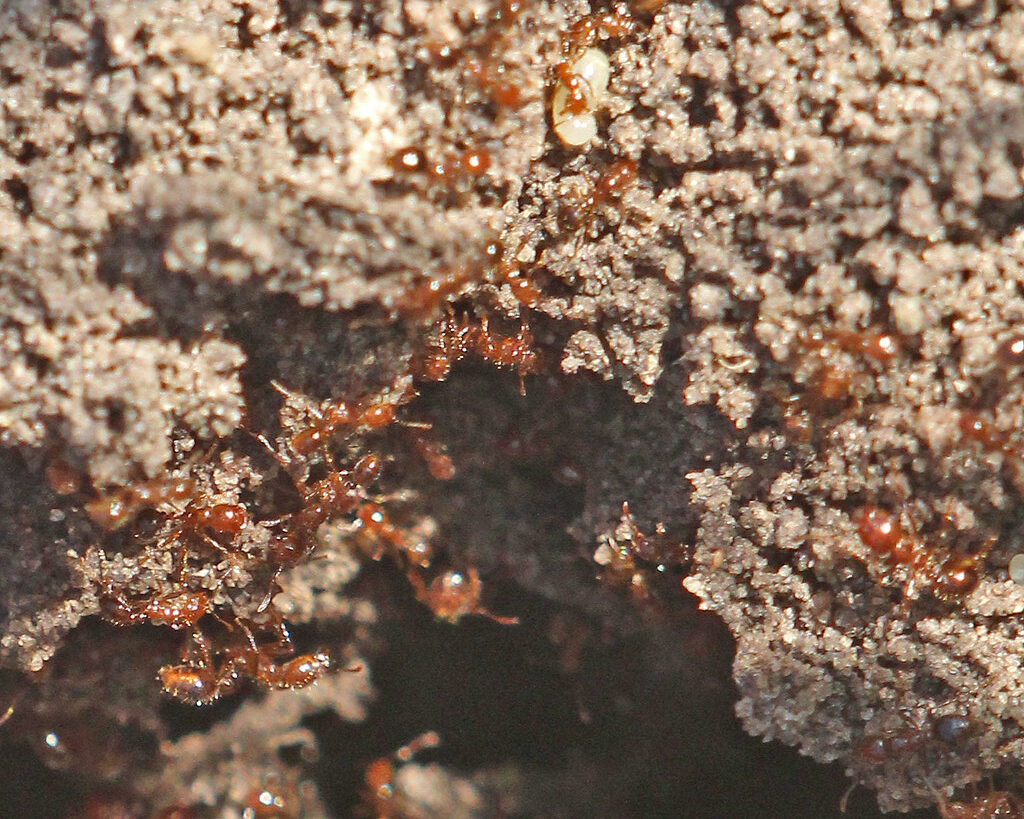
When compared to other insects, cockroaches demonstrate memory capabilities that rank among the most sophisticated in the insect world, though they’re surpassed in some aspects by certain social insects. Honeybees, with their complex social structures and foraging needs, exhibit more advanced symbolic communication and conceptual learning than cockroaches. Ants demonstrate more complex social memory systems that allow for colony-wide problem-solving. However, cockroaches often outperform many solitary insects in associative learning tasks and show remarkable flexibility in adapting to new situations. Unlike many specialized insects with innate, fixed behavioral patterns, cockroaches display notable behavioral plasticity that allows them to thrive in diverse environments. Some researchers suggest that the cognitive abilities of cockroaches may be particularly enhanced in species that have coevolved with humans, as our complex, changing environments create strong selection pressure for learning and memory. This puts cockroach memory capabilities somewhere in the middle of the insect cognitive spectrum—not as advanced as eusocial insects but considerably more sophisticated than many other arthropods.
Practical Implications for Pest Control
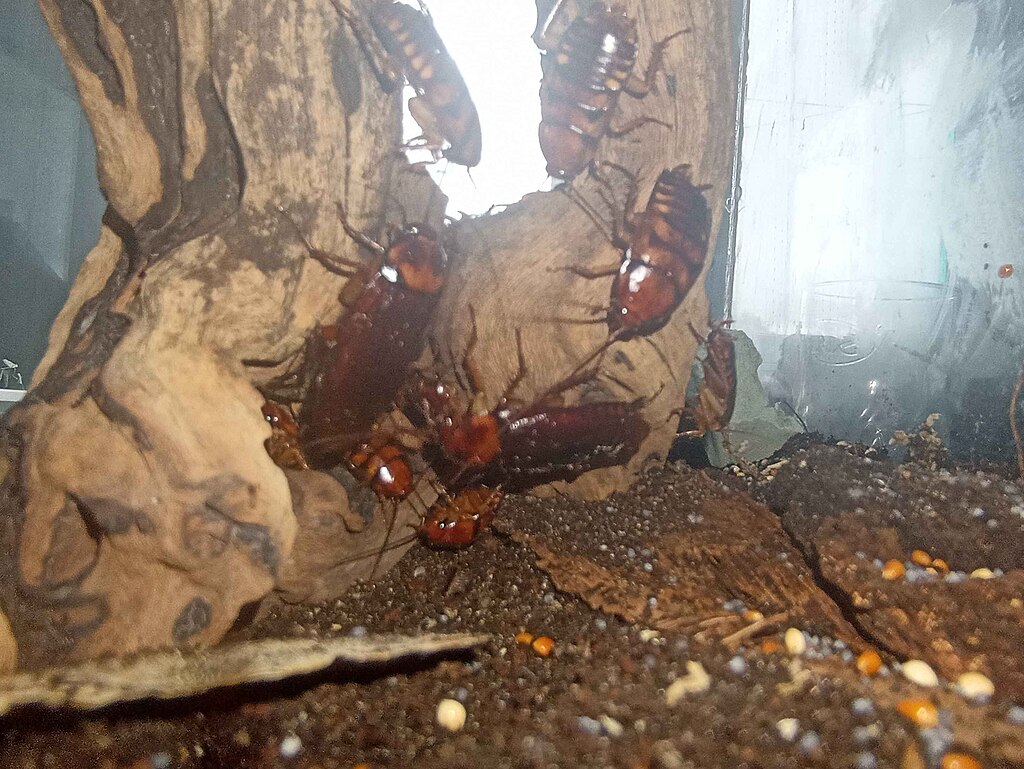
Understanding cockroach learning capabilities has profound implications for developing more effective pest control strategies. Traditional approaches that rely on a single method often fail as cockroaches learn to avoid specific baits, traps, or insecticide formulations. Modern integrated pest management increasingly incorporates knowledge of cockroach learning by implementing rotation strategies that prevent learned avoidance from developing. Some innovative approaches utilize cockroach learning against them—for instance, by using non-toxic substances that cockroaches learn to avoid before introducing similar-looking toxic baits in the same locations. Researchers are also investigating ways to disrupt memory formation in cockroaches, potentially developing compounds that could prevent them from learning to avoid control measures. Pest control professionals now recognize that successful cockroach management requires not just killing individual insects but outmaneuvering their cognitive abilities that have evolved over millions of years—essentially engaging in a battle of wits with one of nature’s greatest survivors.
Future Research Directions
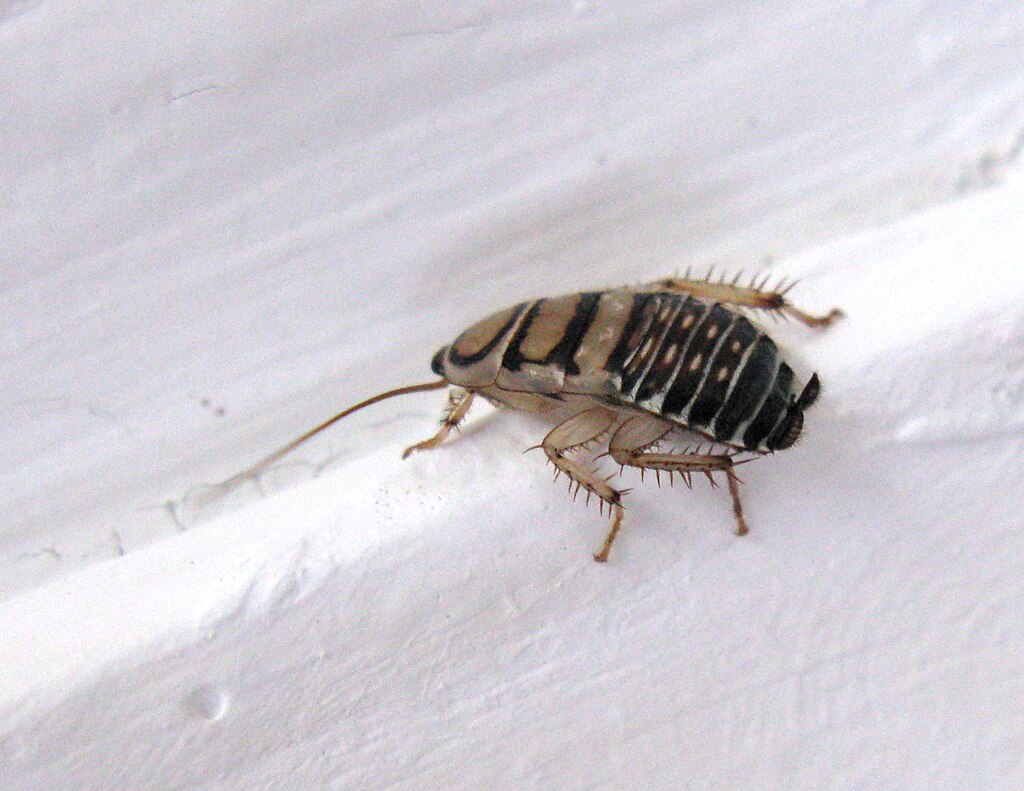
The field of cockroach cognition remains ripe for exploration, with several promising research directions emerging. Advanced neuroimaging techniques may soon allow researchers to observe real-time neural activity during learning processes, providing unprecedented insights into how these insects form and store memories. Genetic research might identify specific genes involved in memory formation, potentially opening new avenues for both pest control and basic neuroscience. Some scientists are investigating the relationship between gut microbiota and cognitive function in cockroaches, as emerging evidence suggests that microbes may influence neural development and function even in insects. The potential for cockroaches as model organisms in neurological research presents an intriguing possibility, as their relatively simple nervous systems make them more accessible for studying fundamental aspects of learning and memory formation. As research continues, we may discover that these much-maligned insects have more to teach us about basic learning mechanisms than we previously imagined, potentially contributing to our understanding of memory across species.
Conclusion

The evidence is clear: cockroaches possess remarkable learning and memory capabilities that contradict their reputation as simple, primitive creatures. Their ability to learn from experience—whether avoiding dangers, finding food more efficiently, or navigating complex environments—contributes significantly to their evolutionary success. These cognitive abilities help explain why cockroaches have survived for hundreds of millions of years and why they remain such challenging pests to control. While their brains may be simple compared to vertebrates, cockroaches demonstrate that sophisticated learning doesn’t necessarily require complex neural architecture. As we continue to study these remarkable insects, we gain not only practical insights for pest management but also deeper understanding of the fundamental mechanisms of learning and memory that may be conserved across diverse species, including our own. Perhaps it’s time to grant these reviled insects a measure of respect for their cognitive capabilities, even as we continue our efforts to keep them out of our homes.

